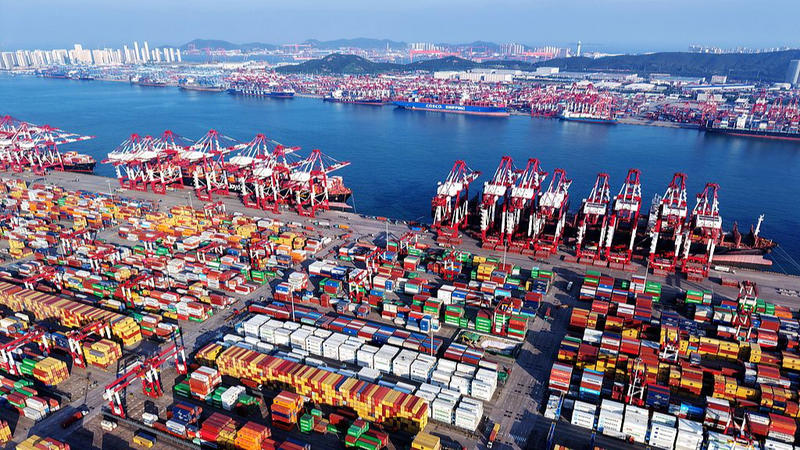China is set to modernize its trade rulebook with the first comprehensive revision of its Foreign Trade Law since 2004. The draft, spanning 11 chapters and 80 articles, aims to streamline foreign trade, protect national interests, and boost sustainable growth.
Why the Revision Matters
With new trade models—from e-commerce to green supply chains—emerging every year, policy-makers are looking to embed reform achievements into law. China has held on to its spot as the worlds largest goods trader and the second-largest services trader, underscoring the need for updated legal support.
Key Features of the Draft
- Intellectual Property Protection: Tighter rules to guard trade-related patents, trademarks, and data.
- Digital and Green Trade: Legal backing for cross-border e-commerce, service trade under a negative list, and eco-friendly frameworks.
- Supply Chain Stabilization: A trade adjustment assistance mechanism to help businesses navigate disruptions.
- Compliance & Risk Management: New requirements for traders to manage risks and follow international norms.
- Targeted Countermeasures: Provisions to restrict or ban trade with entities harming Chinas sovereignty, security, or development interests.
A Closer Look
During the first reading at the Standing Committee of the National Peoples Congress, legislators highlighted the need for detailed guidelines on digital and green trade, and stronger legal services for companies. If international dispute mechanisms fall short, the government can now adopt responsive measures to safeguard national interests.
Whats Next?
The draft will undergo further scrutiny and revisions before final approval. If adopted, these changes could redefine global trade norms, offering young entrepreneurs, tech enthusiasts, and thought leaders a clearer, more predictable landscape to innovate and collaborate across borders.
Stay tuned as we track the evolution of this landmark law and its ripple effects on businesses, consumers, and the global marketplace.
Reference(s):
Draft revision of China's Foreign Trade Law undergoes first reading
cgtn.com




